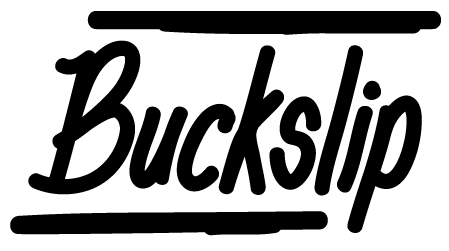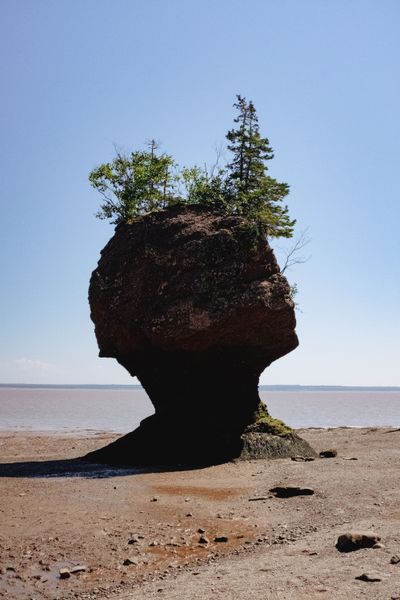Things
There are few sharper design critics working today than our dear friend Michèle Champagne, so we were delighted to see her set her sights on the visual narrative of the Sidewalk Labs project here in Toronto for Failed Architecture. While the utopianism of Sidewalk’s stock imagery has already been wonderfully covered by Molly Sauter (in a piece we linked to back at the start of the year), and we have many reasons not to think Sidewalk’s going to see the light of day in any form like they currently propose, Champagne is more interested in the systemic forces that cause propagandistic stock imagery to make their way into the consciousness via harried news desks and uncritical media decision-makers. “Why are journalists, art directors and editors so keen on Sidewalk handouts?” she asks, though the answer might be clear to anybody who has worked in an under-resourced newsroom. Her assertion that “any competent art director” would do better is, in fact, the rub—no such person tends to engage with image selection on digital publication in most contemporary media outlets, or to even be on staff, so the power of the stock image and the handout is only amplified. Undervaluing the power and importance of the image in the process of how we tell stories leaves a weak spot that the Alphabets of the world, and others who seek to control narratives to their own ends, can see only too clearly.
At OneZero (Medium’s tech vertical), Simon Pitt writes on the disappearing metaphor of “the file” in our computing lives, and its slow replacement by a hodgepodge of databases, third-party services, transcoding whatnots, email inboxes, and platforms somebody made you sign up for to share a video one time. As Pitt recognizes, the way we relate to files is personal, different for each of us, as is how we react to this slow de-filing of the way we knew, but as it all gets abstracted away into the free market of ideas, we’re all a little lost in different ways. Wherever it goes, though, we bet your desktop’s still going to be a goddam mess.

“First Person Things That Call The Cops”
“If you wake up on a Casper mattress, work out with a Peloton before breakfast, Uber to your desk at a WeWork, order DoorDash for lunch, take a Lyft home, and get dinner through Postmates, you’ve interacted with seven companies that will collectively lose nearly $14 billion this year.” At The Atlantic, Derek Thompson wonders whether we might be at the moment where the many startups whose unprofitable cash-burn has subsidized our urban lifestyles this decade are finally held to account. We’re not sure that’s how either venture or the stock market works, but still, it’s fun to imagine the “promise-profit convergence” he posits.
“We will probably have to organize communities and arrange unlikely alliances, as the Peacemaker did, through words brimming with ideals and decisions executed with tact. But to survive the next apocalypse, as the Haudenosaunee survived the last, we will need a common narrative—perhaps even a constitution and government—like the Great Law. This, more than anything else, can steel people against the abyss.” Julian Brave NoiseCat in The Walrus, on the Haudenosaunee Great Law of Peace.

In Art in America, Raphael Rubinstein asks “Where Is the Audience for Art Criticism Now?” It’s still published, sure, but does it have the kind of influence it used to? We wish this piece didn’t lower itself to the “print good/online bad and unedited” level (seriously, to contrast “the largely unedited style of online writing with the artisanal practice of writing for print” is to completely undervalue the professional practice of most working writers and editors in that field and most others right now, whilst over-romanticizing the past), there’s a lot that’s interesting to chew on here. But here’s another question for a headline—why should the importance of criticism be defined by its audience anyway? Criticism, as opposed to reviews and show listings, is about the long term, about how discourse slowly forms through push and pull. It’s not about eyeballs or clicks or subscriber numbers. We don’t define the importance of John Berger’s writing (or filmmaking, which Rubinstein also discusses) by what it meant to audiences upon release—it’s about what it still says to us now. Of course, you still need platforms that are gonna publish it, so *shruggy emoji, walk away backwards slowly*
We feel like there’s a lot of othering going on amidst some genuinely important reporting and insight in this long NYT report on the Inuit art industry of Cape Dorset, and particularly the work of Ooloosie Saila. It feels like maybe the journalist Catherine Porter thought she was telling a story more important than the one that was already in the art, if she was actually looking. But we’re going to have to ponder it for longer before we have anything substantial to say, and we wanted to share it while we do. This, from the comments, about sums up where we’re at:
“This article is a familiar type of Inuit art reportage that resurfaces every decade or so: a big city reporter parachutes into a remote Arctic community, grabs gritty photos and quotes, then dwells upon a well-known litany of social ailments before their perfunctory gloss on the artist's work."
We are suuuuper interested in seeing how Inuit communities across the North take up the new Romanised Inuktut writing system, intended to unify a diverse group of syllabic forms into something more universally learnable and understandable. The syllabic letterforms most closely associated with Inuit language are just as much of a colonial import as the standard alphabet, so it will be interesting to see how an Inuit-designed and determined writing system takes hold. Its ease of adoption on digital devices will, no doubt, be a factor.

Please, designers with taste on our list, throw your hat into the ring to give the modernist marvel that is Gander airport a spit and polish without ruining it? It’s the best place on the planet. Or at least the best place in Newfoundland. But those two things are the same.
Chrome users: download yourself the free extension Stayfocusd to ward off brain-stupefying distraction and get back to writing that sweet novel (or whatever) we know you've got stewing inside.
We linked to a great piece on Fitzcarraldo Editions a couple of weeks back, but given Olga Tokarczuk’s Nobel win (yes!), here’s another from the FT on a publisher that, with a template that’s the same for every book, just gets it better than anybody else does right now.
“Is Anyone Going to Get Rich off of Email Newsletters?” Yes please!
Acquaint your acquaintances with Buckslip.




